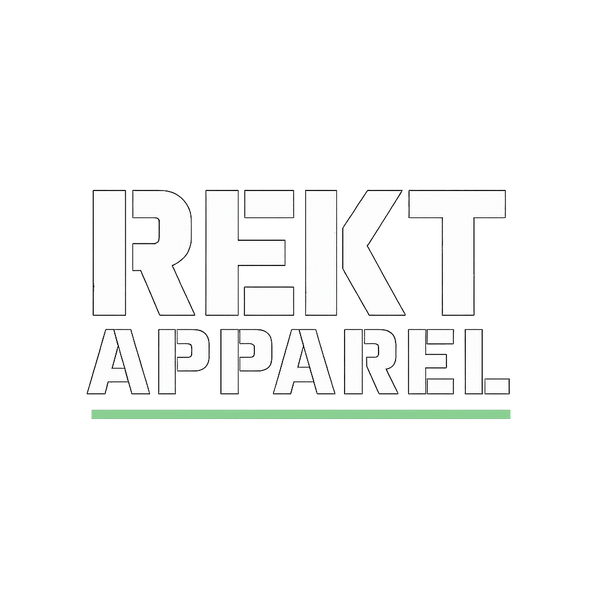Community Artwork — Tech Specs
Clean files = faster approvals + better prints. Read the core specs below, and don’t miss the underbase rule for black garments.
TL;DR Tech Summary
- File types: PNG (transparent) for print; SVG/AI/PDF for logos/line art; JPG/WebP for photos.
- Color: sRGB IEC61966-2.1.
- Resolution: set DPI at final print size — 150–300 DPI (use 300 DPI for small items like phone cases/stickers).
- Dark garments: areas that should look like fabric black must be true transparent pixels (don’t print black).
- Edges: no semi-transparent pixels, glows, or feathering; keep edges crisp.
- Text/layers: convert text to outlines or rasterize; remove hidden layers/guides.
- Embroidery only: no gradients; min line ≥ 0.05″ (1.3 mm); min text height ≥ 0.25″ (6.35 mm).
- Practical limits: file ≤ 200 MB; recommended max side ≤ 20,000 px.
Tech specs (formats, color, DPI)
- DTG/DTF (tees & hoodies): PNG with transparent background.
- Embroidery (hats/beanies/chest): clean PNG or vector PDF/SVG; solid shapes only (no gradients/distress).
- Photos/hero images: JPG/WebP (no transparency required).
- Color: export in sRGB IEC61966-2.1.
- Resolution: set artwork to its actual print size:
- 12″ × 16″ @ 300 DPI → 3600 × 4800 px
- 12″ × 16″ @ 150 DPI → 1800 × 2400 px
- Sleeve 3″ × 12″ @ 300 DPI → 900 × 3600 px
- Transparency: use real alpha (erase pixels). Don’t simulate with black/white fills or blends.
- Text/layers: expand to outlines or rasterize; remove hidden layers and guides before export.
Black-on-Black & Underbase Rules
Why this matters: Dark garments get a white underbase beneath any non-transparent pixel. Printing black on that base won’t match fabric black and can halo.
- Areas that should be fabric black → delete pixels (true transparency).
- Keep printed black only where you need contrast (light garments or mid-tones).
- Avoid soft fades to black on dark tees; use hard-edge cutouts.
- At 200–300% zoom, erase stray semi-transparent edge pixels to prevent halos.
Quick how-to (Illustrator / Photoshop / Figma)
- Illustrator: Pathfinder → Minus Front or Opacity Mask (black hides) → Expand → export PNG.
- Photoshop: Layer Mask → Apply; Layer → Matting → Remove Black/White Matte; or contract 1 px and delete.
- Figma: Export slice with transparent background; avoid glows/shadows.
Common technical rejection reasons
- Non-transparent backgrounds on dark garments.
- DPI too low / upscaled or blurry source.
- Semi-transparent edges, glows, or feathering.
- Embroidery art with gradients or gaps < 0.05″.
